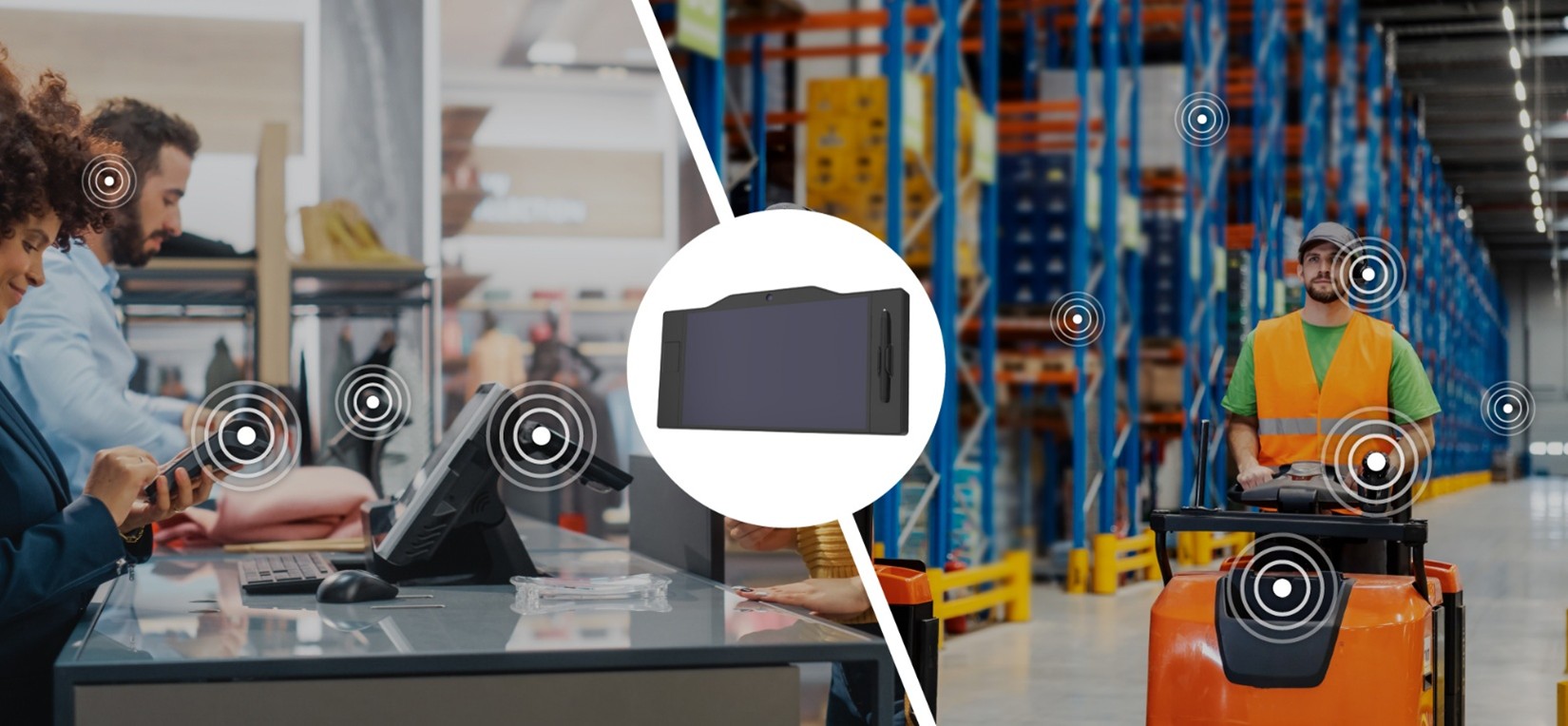Why OEMs Shouldn’t Bet on Consumer Displays for Industrial HMIs
Consumer tablets may seem like a shortcut for HMI design, but risks in lifecycle, connectivity, and security can derail OEM projects. Industrial HMIs on SOM platforms deliver the reliability and support production demands.
When you’re building an industrial Human Machine Interface (HMI), the temptation to use an off-the-shelf consumer display is strong. Consumer panels are cheaper, widely available, and often look “good enough” during early prototyping. But when you scale production, those choices can create long-term risks for OEMs. Industrial HMIs aren’t just about showing information, they’re the bridge between critical operations and the people running them. Reliability, connectivity, and lifecycle support matter much more than short-term cost savings.
Consumer vs. Industrial HMIs: Not the Same Class
Consumer tablets are designed for fast-moving markets. A display that seems stable today might be discontinued within 18–24 months. For an OEM designing equipment that needs to ship and be supported for a decade or more, that lifecycle gap is a dealbreaker.
Industrial HMIs built on System-on-Modules (SOMs) like Ezurio’s Nitrogen and Tungsten families are designed for longevity. A typical SMARC SOM can offer 10+ years of availability, secured supply, and software support. That means fewer redesigns, fewer headaches with changing BOMs, and predictable support across product lifecycles.
Connectivity: More than Just a Screen
Consumer displays assume you’ll rely on Wi-Fi or Bluetooth that’s used for home or office use. In industrial environments, factories full of metal machinery, hospitals with RF noise, or smart building deployments with hundreds of devices, those radios often fail.
Industrial HMIs integrate pre-certified wireless modules that handle these conditions. For example:
- Ezurio’s Nitrogen HMI is paired with Ezurio’s NX611 Wi-Fi 6 module (powered by NXP’s IW611), allowing OFDMA and MU-MIMO to maintain low-latency connections in congested networks.
- Ezurio’s Tungsten HMI is paired with Ezurio’s MT320 Wi-Fi 6 module (powered by MediaTek’s Filogic 320), providing stable connections even with multiple simultaneous data streams.
This isn’t just about getting a device online, it’s about keeping continuous operation where downtime equals lost revenue.
Example: Factory Floor vs Coffee Shop HMI
Let’s take a real-world scenario. A CNC machine running 24/7 requires an HMI that:
- Operates reliably under vibration and dust.
- Displays data from multiple sensors in real time.
- Maintains low-latency wireless communication to the control system.

Drop a consumer-grade Android tablet in that environment and you’ll face thermal throttling, Wi-Fi dropouts, and eventual obsolescence when the vendor discontinues the model. Replace that with an industrial HMI running a Nitrogen SOM with Wi-Fi 6, and you’re looking at a design with guaranteed lifecycle support, secure OTA updates, and validated wireless performance.
Software and Security Considerations
Consumer devices often come locked to proprietary OS versions with limited flexibility. Industrial HMIs need more:
- Support for Linux distributions like Yocto and Buildroot, plus Android for higher-end UI.
- Secure boot and trusted firmware updates to meet regulatory requirements.
- APIs and SDKs designed for edge computing workloads such as predictive maintenance or AI vision.
Ezurio’s SOMs integrate these capabilities with long-term BSP (Board Support Package) support. That means OEM engineers can build on a stable software foundation, not worry about forced OS upgrades or abandoned kernels.
Cost vs ROI
The upfront BOM cost of an industrial HMI might be higher than slapping in a consumer display. But the ROI comes in avoiding costly redesigns, failed certifications, or field failures. Every redesign cycle can burn 9–12 months of engineering effort, time that could be spent developing new features instead of requalifying hardware.
Industrial HMIs also save money on certification. With pre-certified wireless modules (FCC, CE, UKCA), OEMs can skip the most painful part of RF testing and get to market faster.
Final Thoughts
Consumer displays have their place, but OEMs designing serious industrial HMIs can’t afford to bet on them. Between lifecycle uncertainty, poor wireless performance, lack of ruggedization, and limited software flexibility, they don’t align with the demands of industrial and medical markets.
Industrial HMIs built on scalable SOM platforms like Ezurio’s Nitrogen and Tungsten families give OEMs the reliability, connectivity, and future-proofing they need. If you’re designing an HMI for factories, smart buildings, or medical equipment, choosing an industrial-grade platform isn’t just a safer bet, it’s the only bet that ensures your product succeeds over the long haul.
Learn more about Ezurio’s Industrial HMI solutions ezurio.com/hmi
Courtesy of Ezurio

